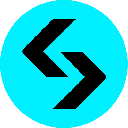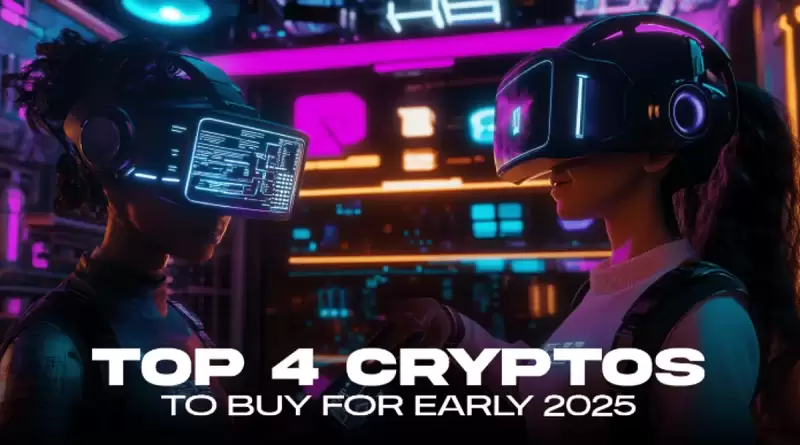 |
|
 |
|
 |
|
 |
|
 |
|
 |
|
 |
|
 |
|
 |
|
 |
|
 |
|
 |
|
 |
|
 |
|
 |
|
The Graph is an indexing protocol that provides onchain data — such as DeFi transactions and liquidity pool data — from various sources. The Graph removes the need for data consumers (e.g., app developers) to build complicated infrastructure to get onchain data.

The Graph is a decentralized protocol that provides onchain data — such as DeFi transactions and liquidity pool data — from various sources. The Graph removes the need for data consumers (e.g., app developers) to build complicated infrastructure to get onchain data. Instead, data consumers pay to query custom APIs — called “subgraphs” — of onchain data via the GraphQL API. Subgraphs define a data schema to be indexed, making that data queryable. Subgraphs can be developed and queried by anyone.
To ensure the protocol runs correctly and efficiently, The Graph Network incentivizes several key roles within its ecosystem of both technical and non-technical participants:
The Sunrise of Decentralized Data is The Graph’s initiative to upgrade all subgraphs to its distributed network of over 100 independent Indexers. As of the end of Q3’24, over 10,000 subgraphs had successfully transitioned from the hosted service to the decentralized network. This transition corresponded to an all-time high in query fees due to the increasing demand for data indexed by The Graph Network.
Website / X (Twitter) / Discord
Key Metrics
Performance Analysis
The Graph Network is used by developers and data consumers who pay to query data. The network's performance can be measured by the growth of the volume of queries serviced, the active subgraphs serving queries, and the accrual of query fees.
Network Overview
Query Volume
Demand for data organized by The Graph reached an all-time high of over 5.3 billion queries in Q3’24, up 79% from 2.9 billion queries in Q2’24. The Ethereum Mainnet led the way with 1.7 billion successful queries (32% of the total of 5.3 billion queries) in Q3’24, followed by Polygon with 1.0 billion queries (19%) and Arbitrum One with 780 million queries (15%).
In terms of subgraphs with the largest query volume, Quickswap V3 (9% of total queries) led the way, followed by Uniswap V3 (7%) and ENS (6%). Notably, query volumes have seen an upward trend over the past six quarters. While the initial growth in query volumes was likely driven by a recovery of crypto activity throughout 2023, there were other recent contributing factors to the increase in query volume, including:
Subgraphs
To bootstrap The Graph, a hosted service was initially created. This service hosted subgraphs as the protocol gradually transitioned to its decentralized network. The hosted service was free (subsidized by The Graph ecosystem) and offered indexing infrastructure run by Edge & Node, the initial team behind The Graph.
The first decentralized subgraph launched on the decentralized network in Q1'21. Since then, the Sunrise of Decentralized Data has been on a course to upgrade all subgraphs to its distributed network of independent Indexers in three phases: Sunray, Sunbeam, and Sunrise.
The first phase of the upgrade — Sunray — was completed in March 2024. Sunray brought more chains, free queries, and improved billing, including a free query plan of 100,000 queries per month. This helped developers get started on the network and scale their development.
The second phase — Sunbeam — was concluded in June 2024. Sunbeam focused on upgrading hosted service subgraphs to The Graph Network. The third phase of the upgrade — Sunrise — retired hosted service endpoints and was completed in June 2024.
As a consequence, the number of deployed subgraphs on The Graph’s Network has steadily increased.
Over 10,400 active subgraphs successfully transitioned from hosting services to The Graph’s distributed network of independent data indexers as of the end of Q3’24. This translates into a 42% QoQ.
To improve performance and reduce costs, The Graph transitioned from Ethereum Layer-1 to Arbitrum Layer-2. As a result, approximately 80% of the active subgraphs (8,000 of the total of over 10,000 active subgraphs) were created on Arbitrum over the past two quarters.
Ecosystem Participation
Subgraphs provide an arena for both technical and non-technical ecosystem participants to interact symbiotically:
Staked GRT is required for indexing subgraphs. As Indexers get more GRT delegated, they increase their capacity to index more subgraphs on The Graph Network. Indexers monetize their indexing and query processing services on The Graph's query market by staking GRT.
The minimum stake for an Indexer is currently set at 100,000 GRT (approximately $19,000 as of September 30, 2024). In addition to this minimum, Indexers can also receive delegated stake from other ecosystem participants
Disclaimer:info@kdj.com
The information provided is not trading advice. kdj.com does not assume any responsibility for any investments made based on the information provided in this article. Cryptocurrencies are highly volatile and it is highly recommended that you invest with caution after thorough research!
If you believe that the content used on this website infringes your copyright, please contact us immediately (info@kdj.com) and we will delete it promptly.



















![Crypto Otaku - CRYPTO CHAOS! 83K BITCOIN! CRYPTO RALLY!! XCN , JASMY , SWFTC LEAD!!! [Episode 228] Crypto Otaku - CRYPTO CHAOS! 83K BITCOIN! CRYPTO RALLY!! XCN , JASMY , SWFTC LEAD!!! [Episode 228]](/uploads/2025/04/12/cryptocurrencies-news/videos/crypto-otaku-crypto-chaos-k-bitcoin-crypto-rally-xcn-jasmy-swftc-lead-episode/image-1.webp)










































